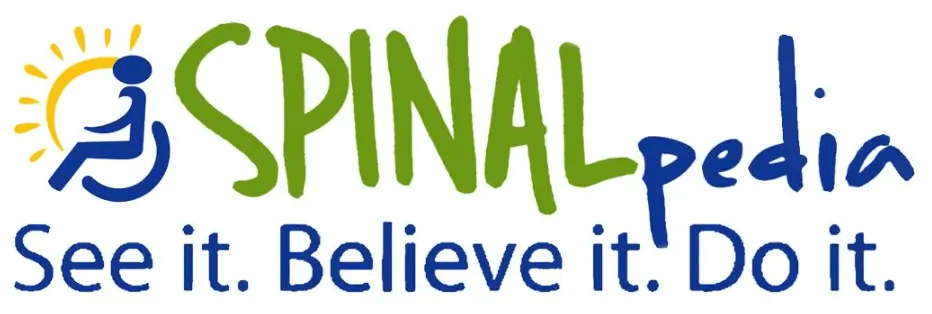Navigating the health insurance approval & denial process can be a winding road filled with roadblocks at every turn, but if you understand where these barriers are placed you can divert around them in order to get to your destination.
In this guide, we will show you the overall view of the insurance approval and denial process.
Each step of the approval process requires its own strategy, which we dive into step-by-step, in order to empower you to be your own advocate in getting the proper durable medical equipment approved that you need in your home.
Below is an infographic of the whole process to get an idea of the overall process.
Prior-Authorization is the first step you need to take to verify if a piece of durable medical equipment you are looking to have approved by your health insurance carrier is covered under your plans policy.
It is a decision by your health insurer or plan that a healthcare service, treatment plan, prescription drug or durable medical equipment is “medically necessary. Your health insurance generally requires a prior authorization for certain services before you receive them, except in an emergency.
Prior-Authorization is not a promise your health insurance will cover the cost of the equipment you are looking to have approved, but it essentially puts you on their radar as a first step.
Read More about Prior-Authorization
If you have been denied Prior-Authorization of the requested service or product the next step in the process is called the Internal First-Level of Appeals – Here you need to prove the requested DME meets the insurance guidelines and that it was incorrectly rejected during Prior-Authorization.
You or your doctor contact your insurance company and request they reconsider the denial. Your doctor may also request to speak with the medical reviewer of the insurance plan as part of a “peer-to- peer insurance review” in order to challenge the denial decision.
This step in the insurance appeal process really does not require too much patient interaction because your doctor is the one who is going to be speaking with a medical reviewer on your insurance appeals team to try and prove the piece of DME you are trying to have approved is “medically necessary” to your daily life.
Read More about First-Level Internal Appeal
If you ve been denied your First-Level of Appeals, then the next step in the game is your Internal Second-Level of Appeals. This is typically your last chance to prove your case within your insurance company before submitting an external review with the Department of Insurance.
In this level of the appeals process, the appeal is typically reviewed by a medical director at your insurance company who was not involved in the initial claim decision. The chance to prove your case to a new panel of reviewers.
The goal of this appeal is to prove that the requested DME should be accepted within the coverage guidelines. Just as with the First-Level of Appeals – you need to prove that the requested DME meets your insurance company’s definition of “medical necessity.”
This is where you will have the opportunity to write your own letter to the appeals panel, submit all the prior information your medical professional submitted again, and add any addendum to prove “medical necessity” for requested DME.
Read More about Second-Level Internal Appeal
If you have been denied by your insurance company for the Second-Level of Appeals, you’ve now exhausted all of your internal appeals rights. The last step in the process is to submit an external review with your state’s Department of Insurance (DOI)
After all the work you’ve completed so far, it can be extremely discouraging knowing that you have no more rights within your insurance company to fight for the requested DME you, and your medical providers have tried to justify is “medically necessary” for your disability.
Don’t lose hope yet though you have one more shot with your external review in addition to going above and beyond reaching out to your local legislators, and local media.
Read More about External Review with DOI
If you are given a final denial by the Department of Insurance your disappointment is likely high. It may appear as if you have exhausted all of your rights, but as mentioned in previous steps above, you still have a few cards to play.

SPINALpedia
